 This time I decided to do a tour to the archeological sites in the Sacred Valley. The distances were longer and there were no buses straight to the sights. We left Cuzco already late, about 9:30am. In the way to Pisaq we stopped in a handcraft market in a small village. It was a very touristy, the typical place made for the “gringos” spend their money.
This time I decided to do a tour to the archeological sites in the Sacred Valley. The distances were longer and there were no buses straight to the sights. We left Cuzco already late, about 9:30am. In the way to Pisaq we stopped in a handcraft market in a small village. It was a very touristy, the typical place made for the “gringos” spend their money.
In Pisaq, every Tuesday, Thursday and Sunday there is a open market. It is divided in two parts; one of handcraft, to the tourists; and the other of food, more towards the local people. We walked a little in the market and went to the archeological site.
The site is a few kilometers up the hill. It is surrounded by agricultural terraces, theses were used specially to cultivate corn. It was also used to the production of Chicha (typical drink with hallucinogen power drank in rituals). The terraces have a good irrigation system to be able to cultivate corn at high altitudes and cold. They also plant potatoes and quinua, these don’t need special care. Quinua is very common in the region; they call it “Inca rice”. It can be eaten in any restaurant, usually served in soup. Pisaq, according to our guide, means Partridge. There are two theories about what was the construction. One it was a fort were the local people would shelter in case of a military threat. Another, it was a temple, a place for ceremony. It has a temple architecture with well designed construction and ritual baths.
From there we went to Urubamba, where we had lunch. It was a self-service restaurant with local food. The food was good and there was a good chocolate cake for desert.
Then we visited Ollantaytambo, the place I liked the most in the trip. The view from the bottom is impressive; an enormous stairway made with stones goes up the hill. The name comes from Ollantay, a famous Inca warrior, and Tambo, refers to a place for resting or to the tribes from the region. Ollantaytambo was the only place were the Incas could win a battle from the Spaniards. Maco Inca refuge here. They say when the Spanish, that didn’t know the region, led by Henando Pizarro, came to capture the Inca, had been defeated by the indigenous people and the steep terrace. The Spaniard came back some time later, more prepared and won the battle with the indigenous. The stones from Ollantaytambo were brought from a place 6km away from there. It is hard to imagine how they construct all this. It is believed to be a temple, even though the Spanish called a fort.
In the evening we went to Chinchero. We walked to the Plaza de Armas were there was a handcraft market. It is totally toward the tourists. As it was dark and cold, it was hard to see the local construction.
The day was wonderful, but could be three. It was too much stuff to see and little time to assimilate everything. I would like to be able to spend at least two day in Ollantaytambo.


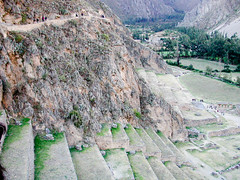

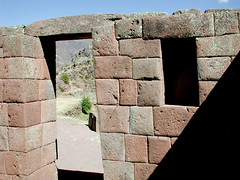
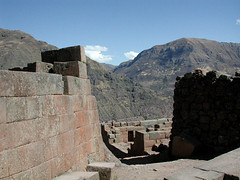
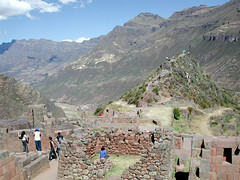

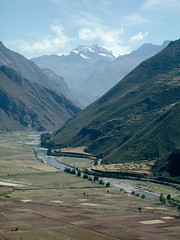
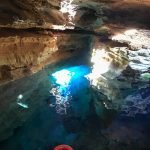
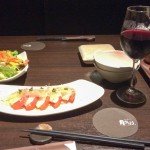


Social Profiles